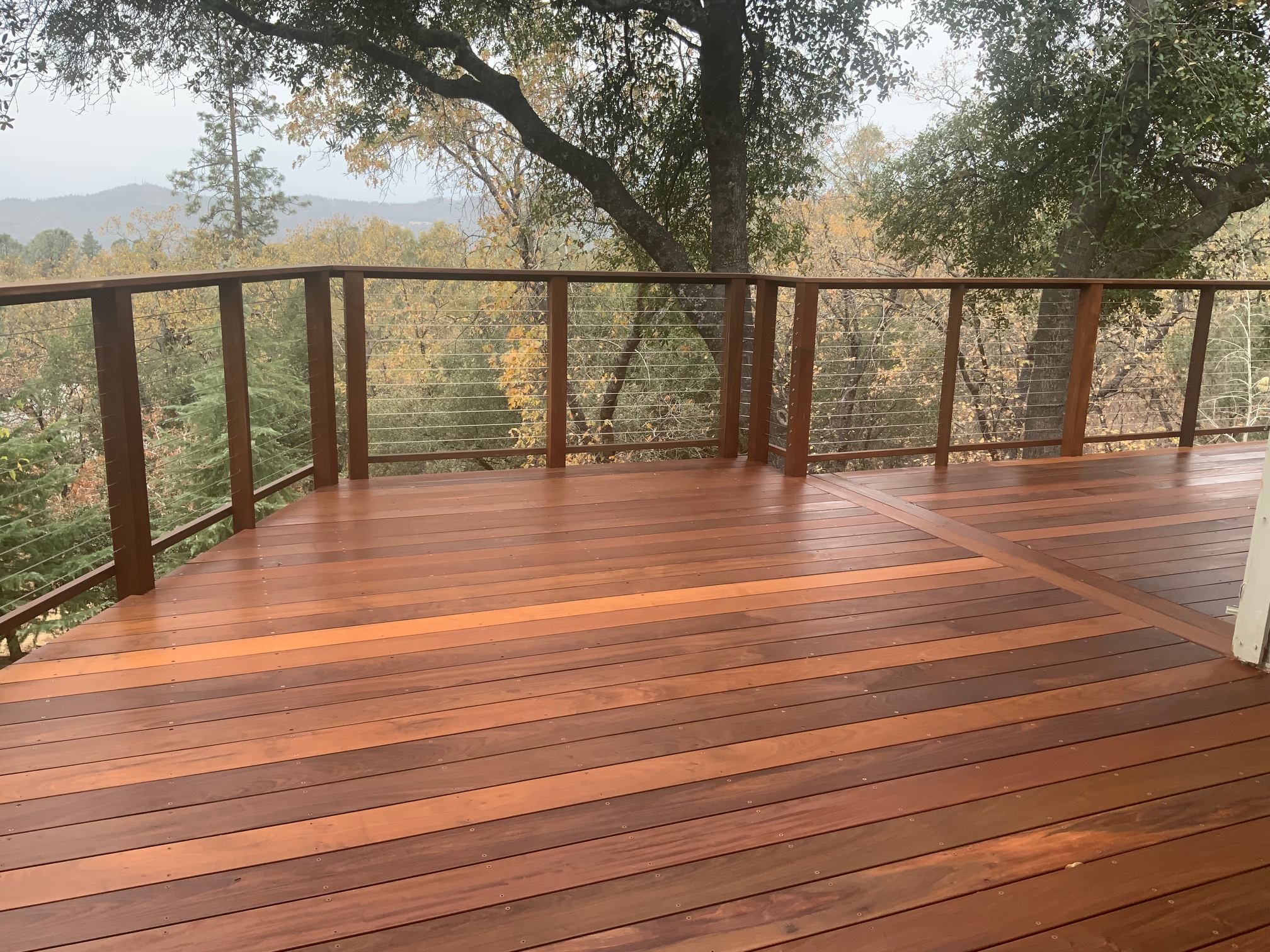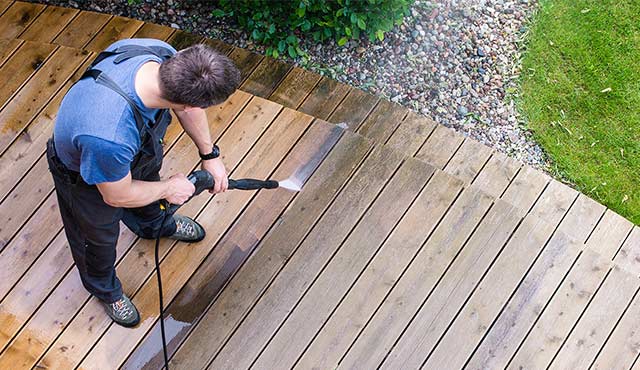Protect and Safeguard: Release the Power of Fence Staining
Selecting the Right Stain for Your Fencing: Tips and Considerations
When it pertains to boosting the appearance and keeping of your fencing, choosing the appropriate discolor is essential. With a wide range of alternatives offered, it can be frustrating to determine which discolor will certainly finest match your needs. This guide will certainly provide you with ideas and factors to consider to aid you make an informed choice. We will certainly explore the various sorts of fence discolorations, elements to take into consideration prior to selecting a tarnish, tips for preparing your fence for discoloration, and the distinctions between water-based and oil-based stains. Additionally, we will certainly look into picking the best discolor shade to match your fence and improve your exterior room. By following these guidelines, you can make certain that your fence stays secured and cosmetically pleasing for many years to find.
Understanding Various Sorts Of Fencing Discolorations

On the various other hand, water-based stains are made from acrylic or latex and supply a much more refined color to the timber. They create a protective movie on the surface area of the wood, preventing dampness from leaking in and protecting against UV damages. Water-based stains are simpler to tidy up and have a much faster drying time compared to oil-based discolorations. They are also much less likely to break or discolor with time.
Picking in between oil-based and water-based stains depends upon numerous factors, including personal preference, the desired look, and the degree of maintenance called for. Oil-based spots are recommended for fence high-traffic locations or those frequently revealed to severe climate condition. deck staining. Water-based spots, on the various other hand, are a popular choice for fence suburbs where appearance and ease of usage are essential
When picking the ideal discolor for their fence,Comprehending the differences between water-based and oil-based discolorations aids house owners make an educated choice. Thinking about the particular needs of the fence, such as its location, exposure to sunlight, and wanted visual, will certainly make certain that the chosen stain provides resilient protection and improves the overall appeal of the fencing.
Variables to Consider Prior To Choosing a Discoloration

Various types of wood soak up stains in different ways, resulting in varying degrees of color intensity and resilience. Furthermore, certain woods might be much more vulnerable to issues like rot or insect invasion, which might affect the option of tarnish to safeguard and maintain the fence.
The environment and weather in your location need to also be taken into consideration. If you reside in a location with rough winter seasons or high humidity, you might require a discolor that supplies extra protection against dampness and UV rays. Also, if your fence is exposed to direct sunlight for extended periods, a tarnish with UV preventions can assist stop fading and discoloration.
Last but not least, it is very important to consider your wanted visual. Various spots use different colors and finishes, permitting you to customize the look of your fence (deck staining). Take into consideration the general design and style of your residential or commercial property, in addition to any type of local regulations or home owner organization standards that may determine the acceptable tarnish colors
Tips for Preparing Your Fencing for Staining
To prepare your fencing for staining, start by extensively cleaning the surface area utilizing a mild cleaning agent and a pressure washing machine or scrub brush. Cleaning the fencing is a crucial step as it gets rid of dirt, crud, and any kind of previous finishings that may interfere with the discoloration process. Begin by moistening the fence with water and after that use a moderate detergent making use of a scrub brush or a pressure washing machine with a low-pressure setup. Scrub the surface gently, paying extra attention to areas with stubborn stains or mold. Rinse the fencing completely with clean water to eliminate all traces of cleaning agent.
After cleaning, enable the fencing to dry entirely. fence staining and sealing. This step is important as tarnishing a damp or wet surface can lead to bad bond my latest blog post and an uneven surface. Relying on the climate condition, it may take anywhere from a few hours to a few days for the fencing to completely dry thoroughly. Make sure that the fencing is entirely dry prior to waging the staining process.
Before staining, examine the fencing for any kind of problems, such as loosened boards or nails. Fix any kind of concerns to make certain that the fence is structurally sound. In addition, take into consideration using a timber conditioner or brightener to the surface area. This item aids to open up the timber pores, permitting the tarnish to pass through more effectively and evenly.

Comparing Oil-Based and Water-Based Discolorations
When picking a discolor for your fence, it is essential to compare the characteristics and benefits of water-based and oil-based spots. Both sorts of stains have their very own advantages and considerations, so it is crucial to recognize the differences between them.
Oil-based discolorations are recognized for their resilience and resistance to tear and put on. In addition, oil-based stains tend to last longer than water-based stains, making them a prominent option for fencings.
On the various other hand, water-based spots are extra environmentally friendly and simpler to cleanse up. They may not supply the very same degree of defense as oil-based discolorations, especially in severe weather conditions.
Eventually, the option between oil-based and water-based discolorations relies on your particular requirements and preferences. Consider factors such as resilience, environmental effect, and ease of application when making your decision. Consulting with a professional or looking for suggestions from experts can additionally assist make sure that you choose the appropriate discolor for your fencing.
Choosing the Right Discoloration Shade for Your Fence
The option of an appropriate tarnish color for your fencing is a vital element of boosting its aesthetic appeal and matching the total design of your outside room (fence staining). The right tarnish color can change a plain, ordinary fencing into a striking focal factor that adds deepness and character to your home
When selecting a stain shade for your fence, it is necessary to think about the design and design of your home. Earthy tones such as neutrals and browns can create a warm and welcoming appearance if you have a conventional or timeless design home. On the other hand, if you have a contemporary or contemporary home, you could consider choosing for vibrant and vibrant colors that make a declaration.
Another element to think about is the natural environments of your building. If you have a lot of greenery, a discolor shade that enhances the natural landscape, such as environment-friendlies or deep reds, can produce a cohesive and harmonious appearance.
In addition, it's worth thinking about the upkeep required for different discolor shades. Lighter colors have a tendency to show dust and put on more quickly, while darker shades can conceal imperfections and need less regular touch-ups.
Inevitably, the option of tarnish color for your fence need to reflect your personal style and preferences - deck cleaning. Take the time to explore various choices and consult with specialists if required, to make certain that you pick the best discolor shade that boosts the beauty and charm of your fence
Verdict
In conclusion, when it comes to choosing the ideal stain for your fence, it is vital to understand the different types of spots readily available and consider elements such as durability and preferred look. Selecting the appropriate tarnish shade can improve the general looks of your fence.
We will explore the various kinds of fence stains, variables to think about before picking a discolor, suggestions for preparing your fence for discoloration, and the differences in between water-based and oil-based spots.Separating between oil-based and water-based discolorations is critical when recognizing different kinds of fence stains. Water-based discolorations are less complicated to clean up and have a faster drying out time compared to oil-based stains. In addition, oil-based spots tend to last longer than water-based discolorations, making them a prominent choice for fencings.
In final thought, when it comes to choosing the right tarnish for your fence, it is important to comprehend the different kinds of spots available and think about factors such as resilience and desired appearance.